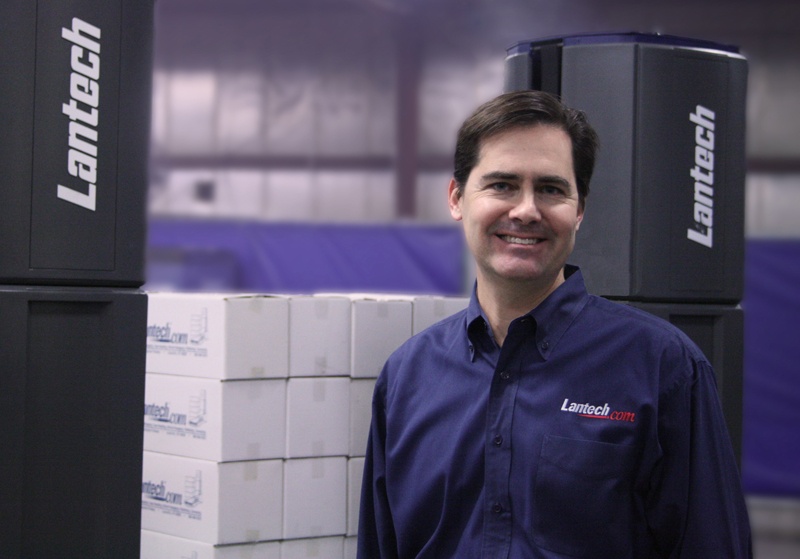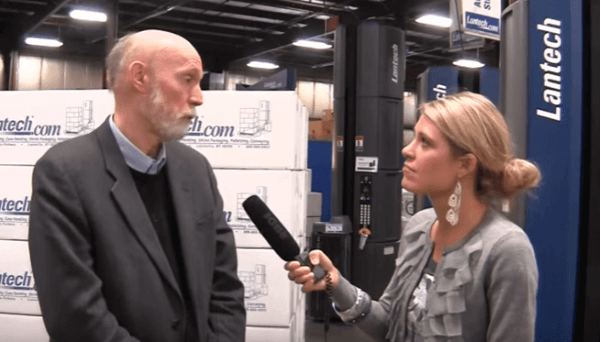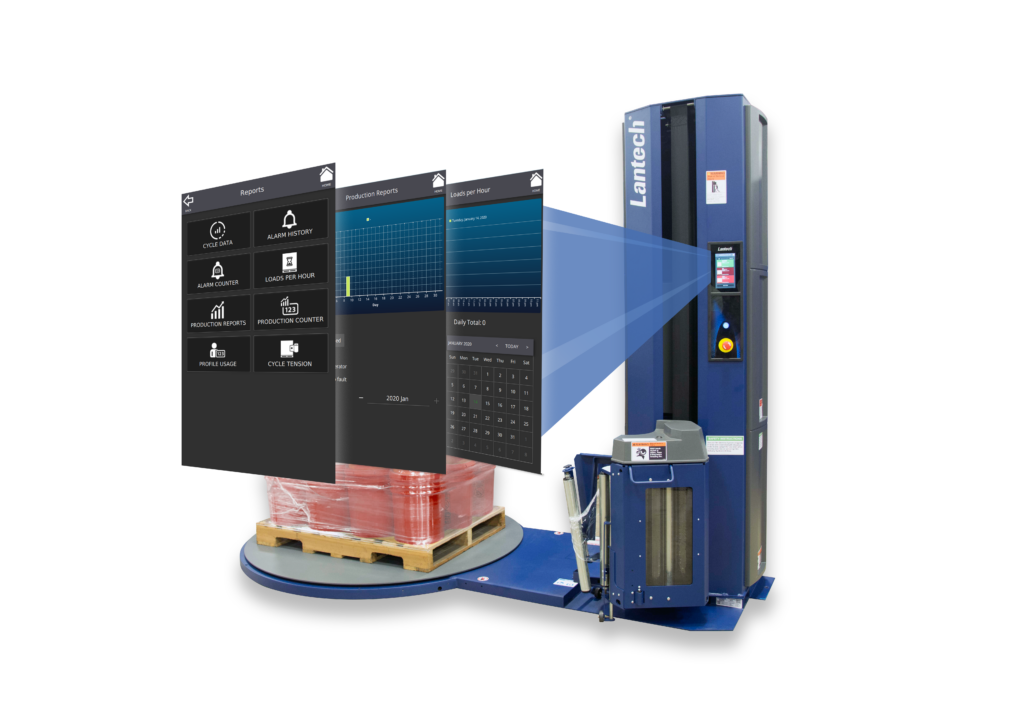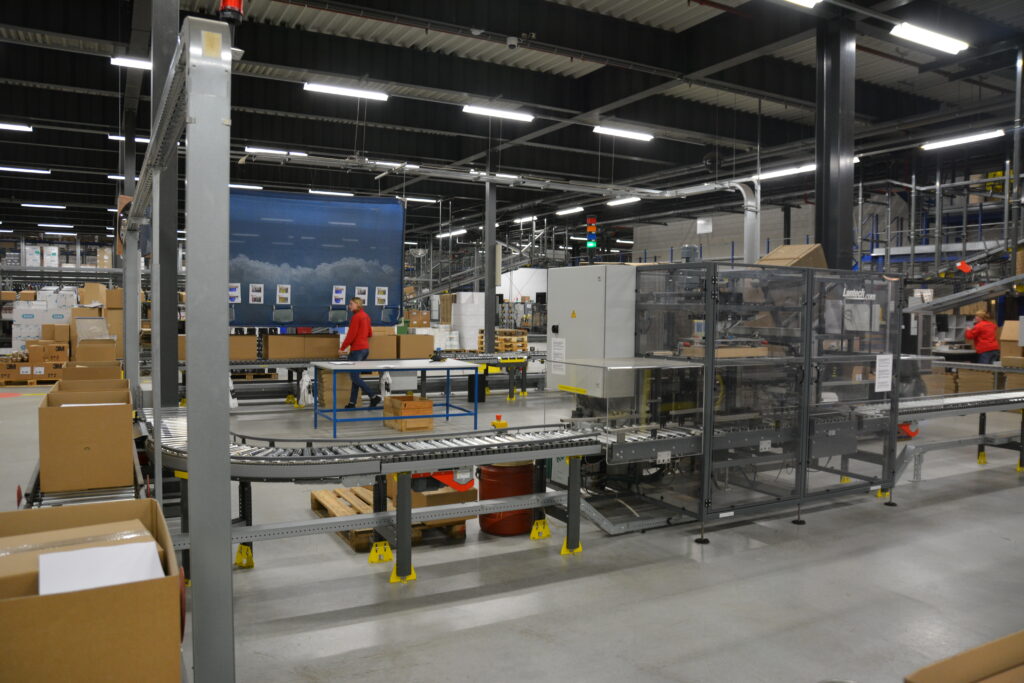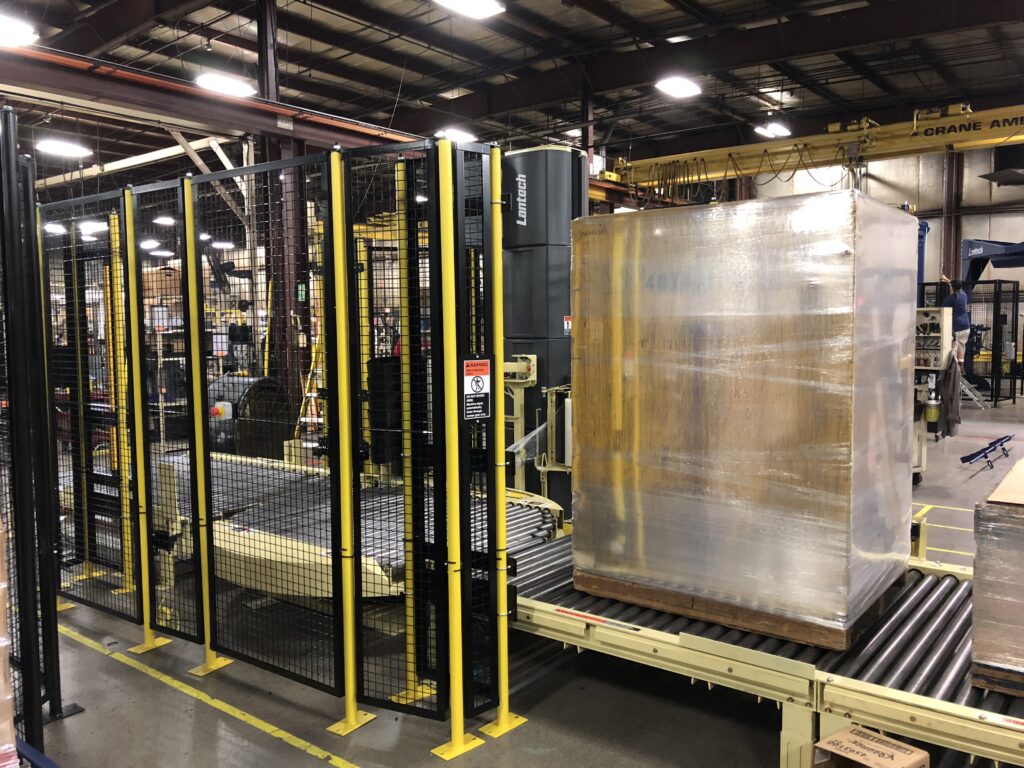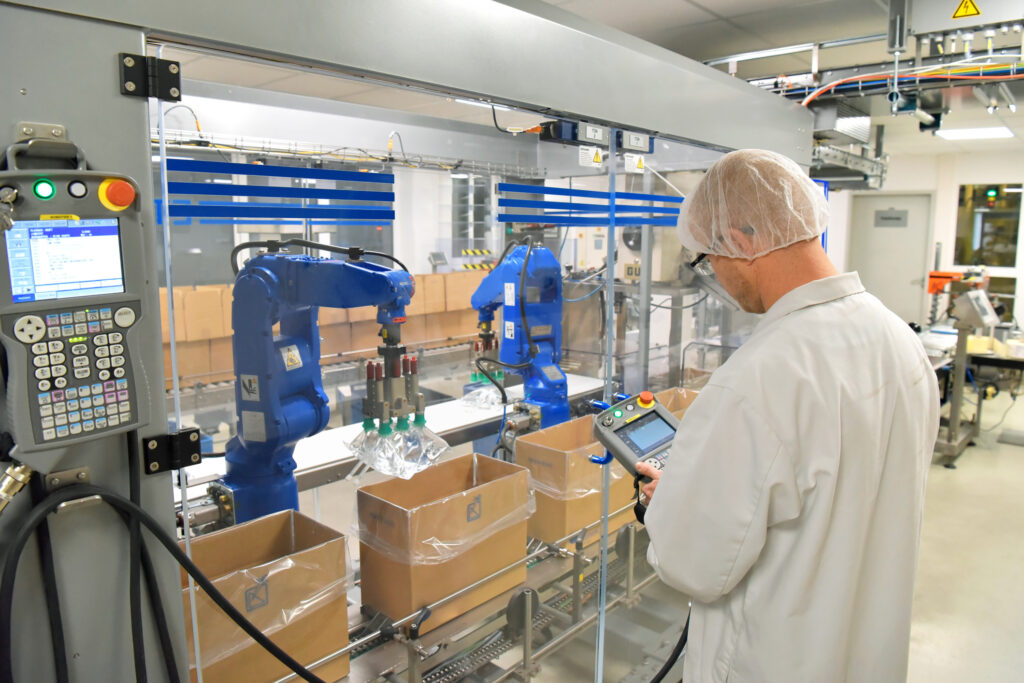Lean principles have migrated from the shop floor to the office with great results.
How about using Lean principles at home? For every person who has a garage workshop, whether it’s a woodworker’s or mechanic’s shop, you can apply Lean thinking to how you operate it.
Avoid the inventory muda
The Inventory muda (waste) is when companies over-buy raw materials or over-produce finished products. They needlessly use up storage space and risk losing those items to damage.
The same goes with a woodworker’s shop. We don’t know a woodworker who’s worth his salt who doesn’t have a lumber rack of different species and sizes of wood. The good ones have hard-to-find, expensive, or exceptionally good wood on their rack, and that’s understandable. You don’t want to have to run to the lumber yard or specialty website every time you need a new piece of lumber.
At the same time, don’t use up your rack space with pieces of 2×4 or plywood scraps. If you’re saving lumber that you can easily buy on a quick trip to the hardware store, get rid of it. It’s taking up space that could otherwise be used for equipment or other good wood.
Discard old “someday” projects
Do you own a drill bit sharpener? Do you have any plans on buying one in the next 12 months? So why are you saving all those old dull drill bits? You’re going to sharpen them someday?
How many items or projects are you hanging onto because you’re going to get to them “someday?” Yes, you have to be frugal and careful with your money, but how many items in your garage shop are on that “someday” list? How many of them have been there for the last 10 years?
Put the items in a box and seal it up. If you don’t crack open the box in the next six months, get rid of it. You’ll never miss what was inside there because you didn’t look for it in the six months. Otherwise, take the plunge and make “someday” today.
Get those projects done and out of the way. For example, a drill bit sharpener can run anywhere from $60 to $200, depending on the make and model. If you’re not going to buy one in the next 12 months, just get rid of the old drill bits (recycle them, please). You can buy a cheap replacement bit for less than $5, or you can treat yourself to a belated Christmas present and just go get one. Tell the spouse we said it’s okay.
Pare down on unnecessary items
You’re browsing the discount table at the hardware store when you come across the find of the week — A 20 oz. hammer for $8! How could you possibly pass this up? You bring it home and hang it on the pegboard, next to the $10 hammer, the $15 hammer and your regular go-to hammer, which is the only one you ever actually use.
We know a guy who once owned seven hammers. When asked why. He said, “because how often do you find $8 hammers?” He has since pared down to just three hammers, but still only ever uses his go-to hammer. (It’s a work in progress.)
Too much of a good thing is not a good thing, no matter how good the deal is. By purchasing all those hammers — $33 in this case — that’s money that could have been used for something else. Like 50 percent of a drill bit sharpener.
Keep everything organized
“A place for everything, and everything in its place,” is the responsible shop owner’s mantra. If you can’t find it, you can’t use it. Instead you spend your time looking for it. By keeping your workshop organized, you can work more easily and efficiently. While we can’t tell you the best way to lay out a workshop, we can tell you that the ideal layout will have a few of these characteristics:
- Frequently used items are stored so they’re easily reachable.
- Similar tools are grouped together, whether in a toolbox or hanging on the wall.
- Items used most often are accessible with the least amount of motion and moving of other items.
- Fixed tool stations are arranged so they’re easily accessible and process can flow from one station to the next.
Staying organized not only makes the workshop run more smoothly, but helps you remember where you put everything. Find those “someday” projects you’ve been saving since 2003. Besides, there’s nothing like spending a Saturday in the garage, listening to the game, and just puttering around.
By applying a few Lean principles to your workshop, you’ll be able to find items more easily, get more work done and have room for the truly important things, instead of filling it up with cheap, unnecessary tools and wood. In the coming weeks, we’ll see where else we can apply Lean thinking to our daily lives and we’ll share how we apply Lean at Lantech.
Looking for other ways to improve? Check out our 10-Step Process for Damage Reduction Through More Effective Stretch Wrapping. Our process will show you:
- How to reduce your shipping damage by 50%!
- The key elements of a stretch wrapping standard!
- How to manage containment force – stretch wrapping’s most critical component!
For more information, you can contact us on our website or call us at (502) 815-9109.
Click here to read related blog: Improve or Die
This post was published on December 30, 2013 and updated on July 20, 2015.
December 30, 2013



